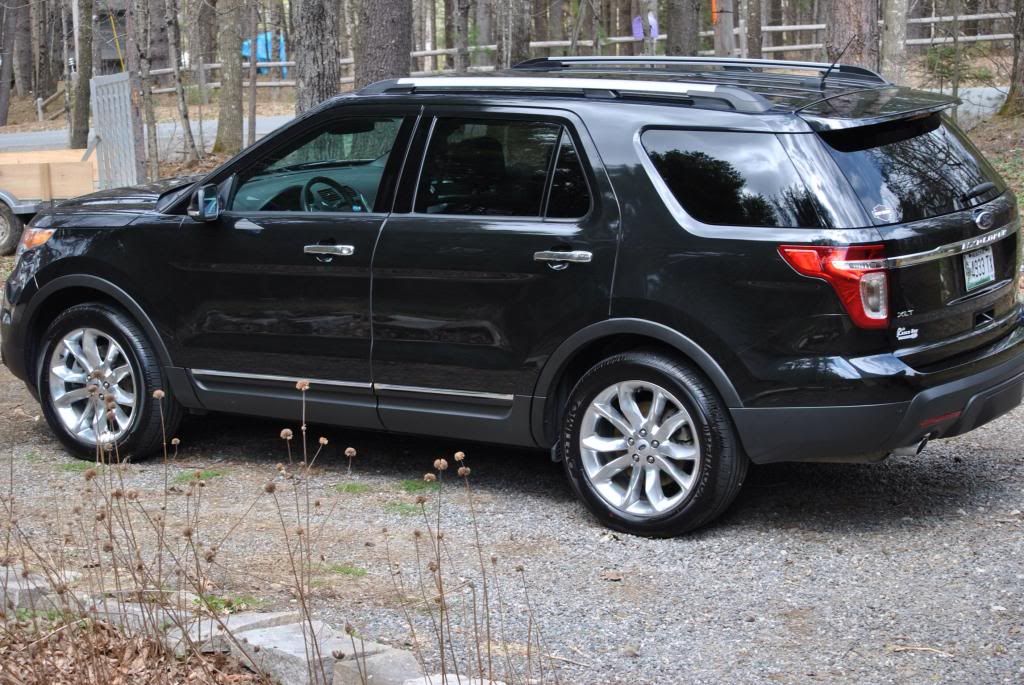The normal procedure historically for doing production detailing is to use a one-step cleaner/wax for the paintwork after the normal steps of washing, drying and claying if the paint is contaminated.
While a one-step cleaner/wax, applied by machine might work well on light colored cars, the issue is this approach will tend to leave micro-marring or a light haze in the clear layer of paint on darker colors and the hardest color of all to work on and that's black paint.
The micro-marring tends to be caused by the abrasive technology together with the pad choice and even caused in part by the machine application as the action of the pad spinning and/or oscillating against the paint leaves a tale-tale sign from the process that shows up to our eyes as a hazy appearance.
Because most daily drivers tend to be trashed in the sense the paint is filled with swirls and scratches, in order to provide enough correction ability to create a visible and even dramatic visual difference, (in the eyes of your customer), some type of abrasive technology is needed together with some type of chemical cleaning ability plus any polishing oils and last but not the least important, some type of protection ingredients be they synthetic, naturally occurring or a blend of both.
Trying to clean, polish and protect a swirled out dark or black colored clearcoat finish is for the most part asking too much from today's available technology. It's pushing the envelope too far at least if one of your requirements is to put out high quality work you can associate with your name.






